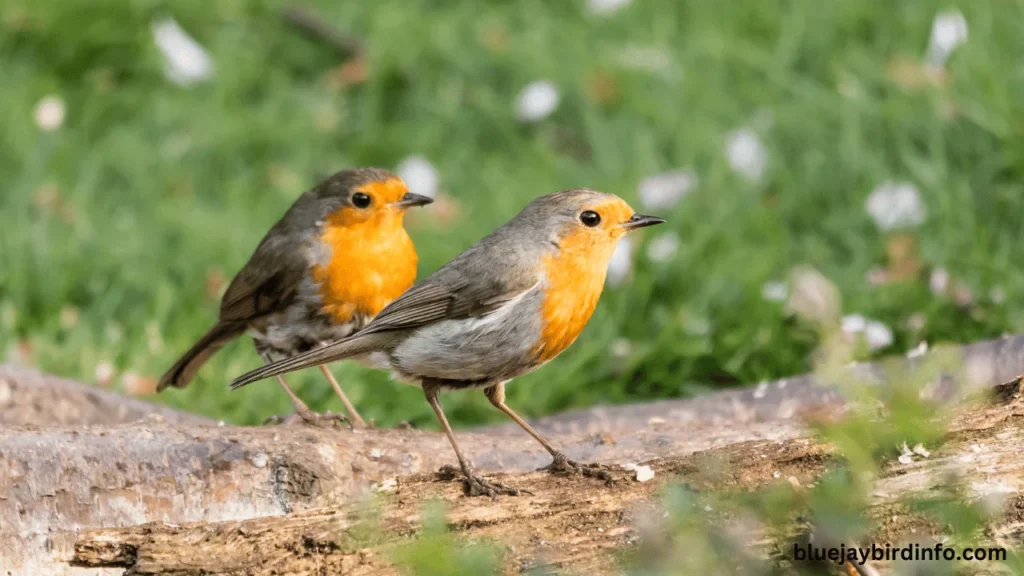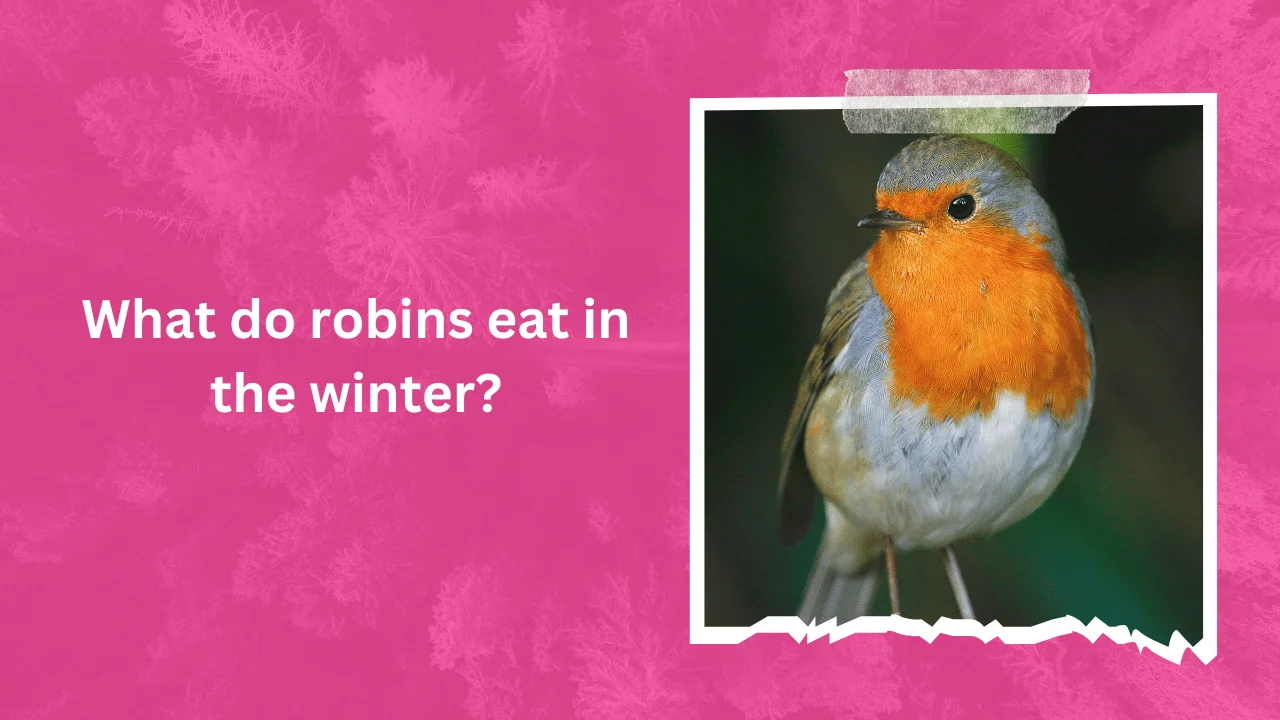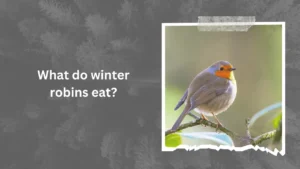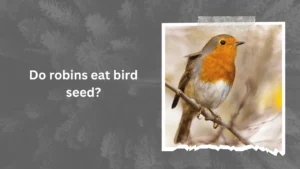As the chill sets in and the world transforms into a winter wonderland, a familiar sight graces our backyards – the cheerful Robin. But with the ground frozen and insects scarce, a question arises: What do these beloved birds eat when their usual buffet of bugs disappears?
Unlike some migratory birds who head south for warmer climates, Robins often stick around throughout winter. But surviving harsh conditions requires a remarkable adaptation – a shift in their diet!
This blog post delves into the fascinating world of winter Robins. We’ll explore how they change their eating habits, what surprising foods they turn to, and how you can help them thrive during the coldest months. So, keep reading and discover the secrets of Robin resilience – and perhaps even learn how to create a winter haven for these feathered friends in your own backyard!
Contents
The Robin’s Natural Diet
Robins are primarily insectivores, meaning their diet is dominated by insects and worms. During the breeding season, they rely heavily on these protein-rich foods to nourish their growing chicks. They often forage for insects in lawns, gardens, and woodlands.
In addition to insects, Robins also consume fruits and berries. During the summer and fall, they may feast on berries from trees, shrubs, and vines, such as dogwood, juniper, and holly.
Winter Diet
As winter approaches, the availability of insects and worms declines. To survive the colder months, Robins adapt their diet to focus on fruit-based food sources. They may consume fruits like crabapples, berries, and even dried fruits from bird feeders.
While insects and worms may still be available in milder winters, their abundance is significantly reduced. Robins may continue to forage for these food sources, but they will rely more heavily on plant-based foods to sustain themselves.
The Impact of Human Activity
Bird feeders can be a valuable resource for Robins during winter, especially in areas with limited natural food sources. By providing supplemental food, such as suet and mealworms, bird feeders can help Robins survive harsh weather conditions.
Garden design can also influence the availability of food for Robins. Planting native plants that produce berries and attract insects can create a bird-friendly environment.
However, the use of pesticides can have a negative impact on Robin populations. Pesticides can kill insects and other invertebrates, reducing the availability of food for Robins.
Adaptations for Winter Survival
To survive the harsh winter conditions, Robins have developed several adaptations. Some Robin populations may migrate to warmer regions where food is more abundant.
During winter, Robins may reduce their activity levels to conserve energy. They may also fluff up their feathers to create a layer of insulation, helping them stay warm in cold temperatures.
Fat storage is another important adaptation for winter survival. By storing energy in the form of fat, Robins can endure periods of food scarcity.
Helping Robins in Winter
To help Robins during the winter, you can provide supplemental food in the form of birdseed, suet, and fresh fruit. However, it’s important to maintain a clean and hygienic feeding station to prevent the spread of disease.
Creating a safe habitat is also crucial. Planting native plants, providing clean water sources, and avoiding the use of harmful chemicals can create a welcoming environment for Robins.
By understanding the challenges faced by Robins during winter and taking steps to support them, we can help ensure their survival and enjoy their presence in our backyards.

Conclusion
While Robins are primarily insectivores, they are remarkably adaptable to changing food sources. By understanding their dietary needs and providing appropriate food and shelter, we can help these beloved birds thrive, even during the harshest winter months.
FAQ’s
Do Robins migrate for the winter?
Some Robin populations migrate south for the winter, while others remain in their breeding territories year-round, adapting to the colder conditions.
What kind of birdseed do Robins prefer?
While Robins aren’t primarily seed-eaters, they may consume sunflower seeds, especially black oil sunflower seeds, particularly during harsh winter conditions.
Should I keep my bird feeder filled all winter?
It’s a good idea to keep your bird feeder filled throughout the winter, especially during periods of extreme cold or heavy snowfall.
Can I attract more Robins to my feeder?
To attract more Robins, consider offering a variety of food sources, including suet, mealworms, and fresh fruit. Planting native berry-producing shrubs can also attract Robins to your yard.
What are some common winter hazards for Robins?
Robins face various challenges during winter, including extreme cold, food scarcity, and predation from cats and other predators.
How can I protect Robins from harsh winter weather?
Providing shelter, such as dense shrubs or birdhouses, can help protect Robins from harsh weather conditions. Additionally, offering supplemental food can help them survive the winter.








